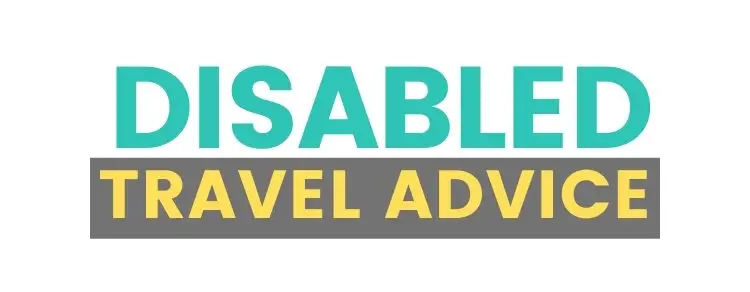The introduction of modern rolling stock, better station facilities and staff training has greatly improved the experience of travelling by train for disabled passengers. If you will require assistance either at the station or on the train it is important to inform the railway company as soon as possible. Ideally no less than 24 hours in advance of when you plan to make your journey. This will allow the appropriate staff to be available when you arrive at the station, who can assist you in finding the correct platform, the correct seat on the train and anything else that you may need.
On The Train
Modern rolling stock often has automated announcements telling you when the train is approaching a station. On trains without this facility the guard will usually make a manual announcement of the train’s calling points etc. If you have informed the rail company in advance, there will be a member of staff at your destination to assist you off the train. On trains that have a guard, he will also probably be aware but it’s recommended to confirm this when he does a ticket check.
On many trains, there are Braille buttons for opening internal doors as well as toilet doors and the entrance and exit doors. The train will also have external doors that contrast with the body and interior hand rails of a contrasting colour, to help visually impaired passengers.
Major stations, such as those in cities, will have audio announcements, as well as visual screens, informing passengers of arrivals, departures, platform numbers and any delays that may occur. Although, in some inner city areas, audio announcements can be turned off after a certain time in the evening, due to the close proximity of residential housing. Most platforms now have a tactile edge near the running line to let blind and visually impaired passengers know that they are getting near the railway line. The tactile markings should not be crossed until the train you require has stopped in the platform. High speed express trains can cause air turbulence as they pass through stations.
Ticket Types
Blind and visually impaired people in Scotland can receive a Scottish blind person’s rail card which gives free travel on all bus, coach, ferry and rail services between Scotland and Berwick-upon-Tweed and between Scotland and Carlisle. The travel card is issued free of charge and is valid five years from your next birthday. If you can only use public transport with assistance it is possible to apply for a travel card marked ‘with companion’.
In West Yorkshire a blind person’s pass, in conjunction with the national concessionary pass, enables blind and visually impaired passengers to travel free at anytime on trains and buses throughout West Yorkshire. It is also possible to have a pass marked ‘with companion’. Where a blind or visually impaired passenger holds a rail season ticket it is also possible for this to cover a companion. There is also a disabled persons rail pass which offers substantial discounts when booking tickets.
If travelling with an assistance dog, these will usually travel free, but it is worth checking with the rail company just to confirm this.

